Getting the Most Out of your Solar Panels This Fall
Here’s what the Autumnal Equinox and the changing fall season mean for your solar PV system and your home's overall energy efficiency.
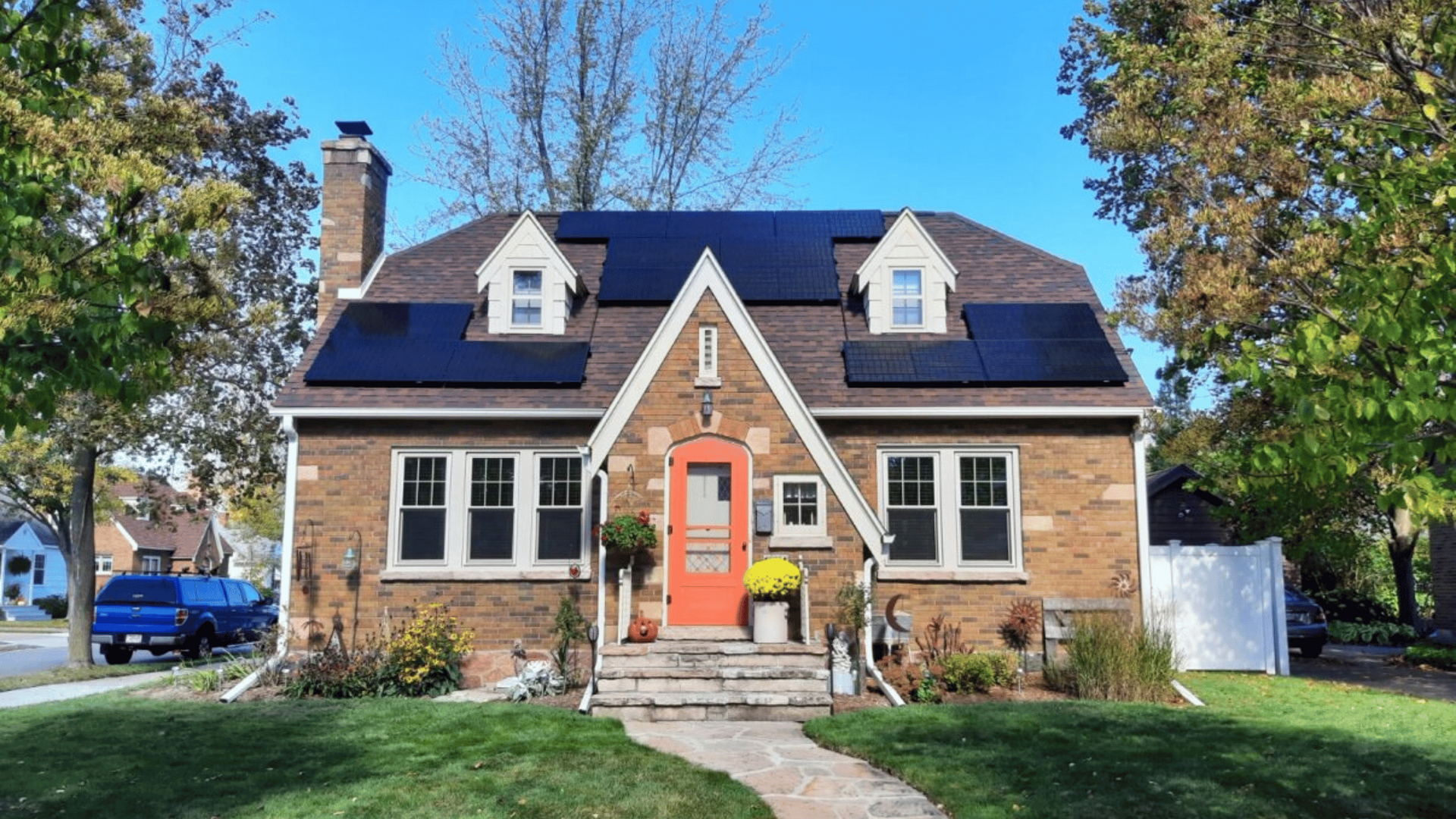
As the leaves begin to turn and the air gets a little crisper here in Wisconsin, the seasonal change brings some unique advantages for solar energy. At Northwind Solar, we often get questions about how performance is affected by the shift in seasons. The answer is not just about what happens on the surface, but also what's happening behind the scenes to keep your system productive. As leaves turn in Wisconsin, the fall equinox marks the shift to lower sun angles and shorter days. Here’s how that affects your solar—and how to get the most from it.
1. Your PV Array is Built for the Long Haul
For many homeowners, your panels are installed with a balanced tilt angle optimized for year-round energy production. The equinox, when the sun is at a midpoint in the sky, is a great reminder of this design. It's the point where your panels' angle is most aligned with the sun's path, showcasing how your system is built to perform in every season, not just the peak of summer.
- Performance varies seasonally, as expected: While daily production will naturally decrease due to shorter days and a lower sun angle, your system is still hard at work. Net metering credits earned during the sunny summer months can help offset your utility bill during the fall and winter, ensuring you see continuous savings. Adding an Energy Storage System (ESS) or battery backup can also help store generated energy during the day to use at night.
2. Extra Efficiency with Ground-Mounted Systems
One of the great advantages of a ground-mounted solar system is the ability to make seasonal adjustments. Unlike fixed rooftop panels, ground mounts allow you to manually change the tilt angle at different times of the year.
- Why adjust for fall? A steeper tilt angle during the fall and winter months can improve power output by better aligning with the lower sun. This simple tweak helps you capture more energy and provides the added benefit of helping snow slide off your panels more easily later in the year.
3. The Science Behind Your Panels
Did you know your solar panels can actually produce more power on a cold, sunny day than a warm one? The semiconductors in your panels operate most efficiently at cooler temperatures. As the temperature rises above their optimal range (around 77°F), a predictable decrease in power output occurs. This is because heat causes the atoms in the photovoltaic cells to vibrate more, which reduces the efficiency of converting sunlight into electricity.
This means that while your panels produce a high volume of energy during long summer days, the rate of production per hour of sunlight is actually higher on a clear, cool autumn or winter day.
4. The Passive Solar Bonus for Your Home
The sun doesn't just work for your panels—it also works for your home's overall energy efficiency. As the sun’s angle lowers in the sky during autumn and winter, it can penetrate deeper into your home through south-facing windows.
Harnessing thermal mass: This passive solar heating warms up internal surfaces with high thermal mass, such as tile or concrete floors. These surfaces absorb the heat and release it slowly throughout the evening, providing natural warmth and keeping your home cozy on cooler nights. It's a free and eco-friendly way to reduce your reliance on conventional heating.
Get Ready for a Sustainable Wisconsin Fall
The changing seasons in Wisconsin are a beautiful reminder of the power of nature. By understanding how your solar system interacts with these changes, you can feel confident that your investment is working for you all year long.
Our proposals include month-by-month output modeled, plus on-site shading so you see exactly how your system performs across seasons.
Quick Fall Checklist
• Clear
leaves/debris; keep modules unshaded.
• If adjustable, set a
steeper tilt now.
• Check your
monitoring app for anomalies.
• Contact
Northwind's Service department for a service checkup or to address any issues.

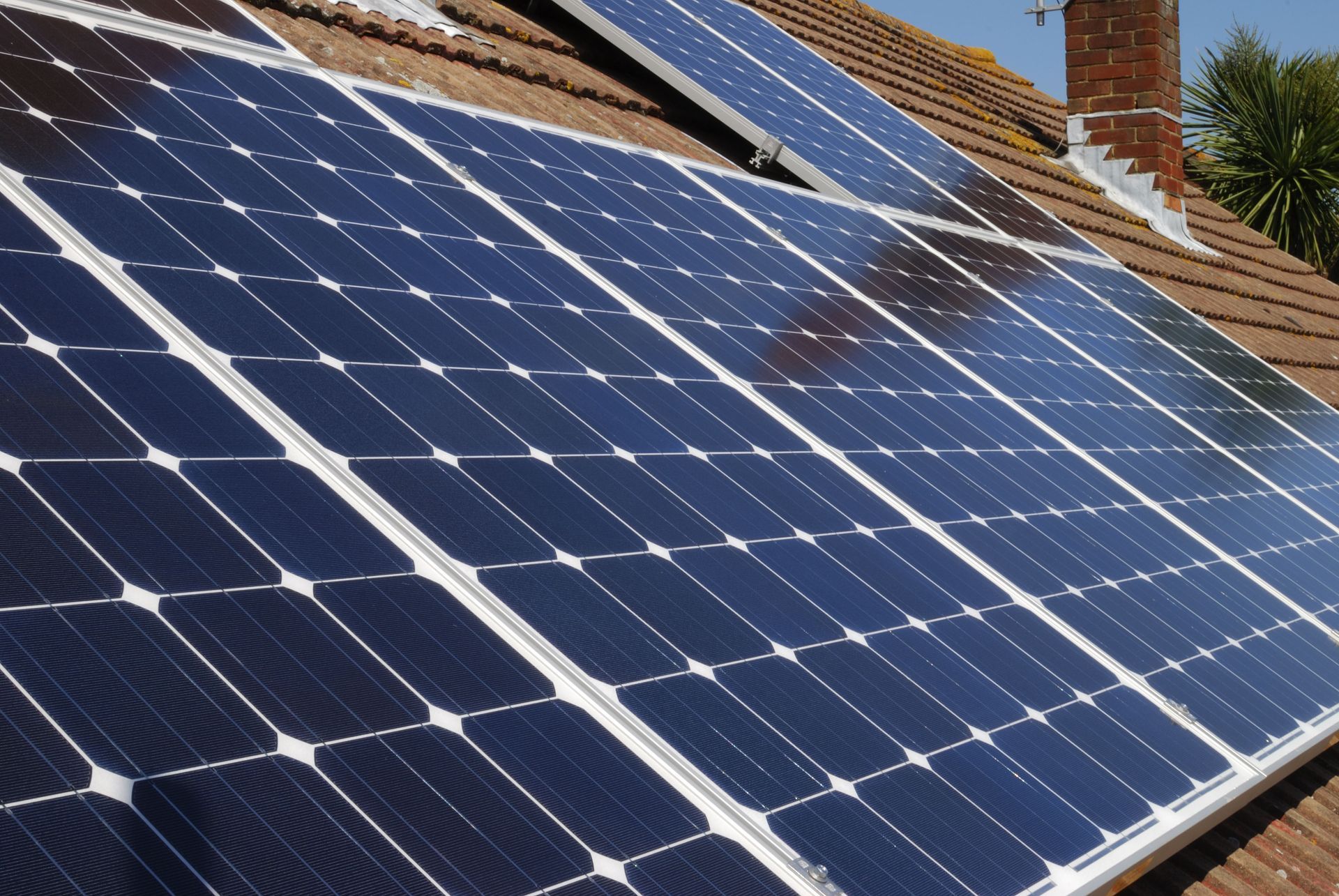
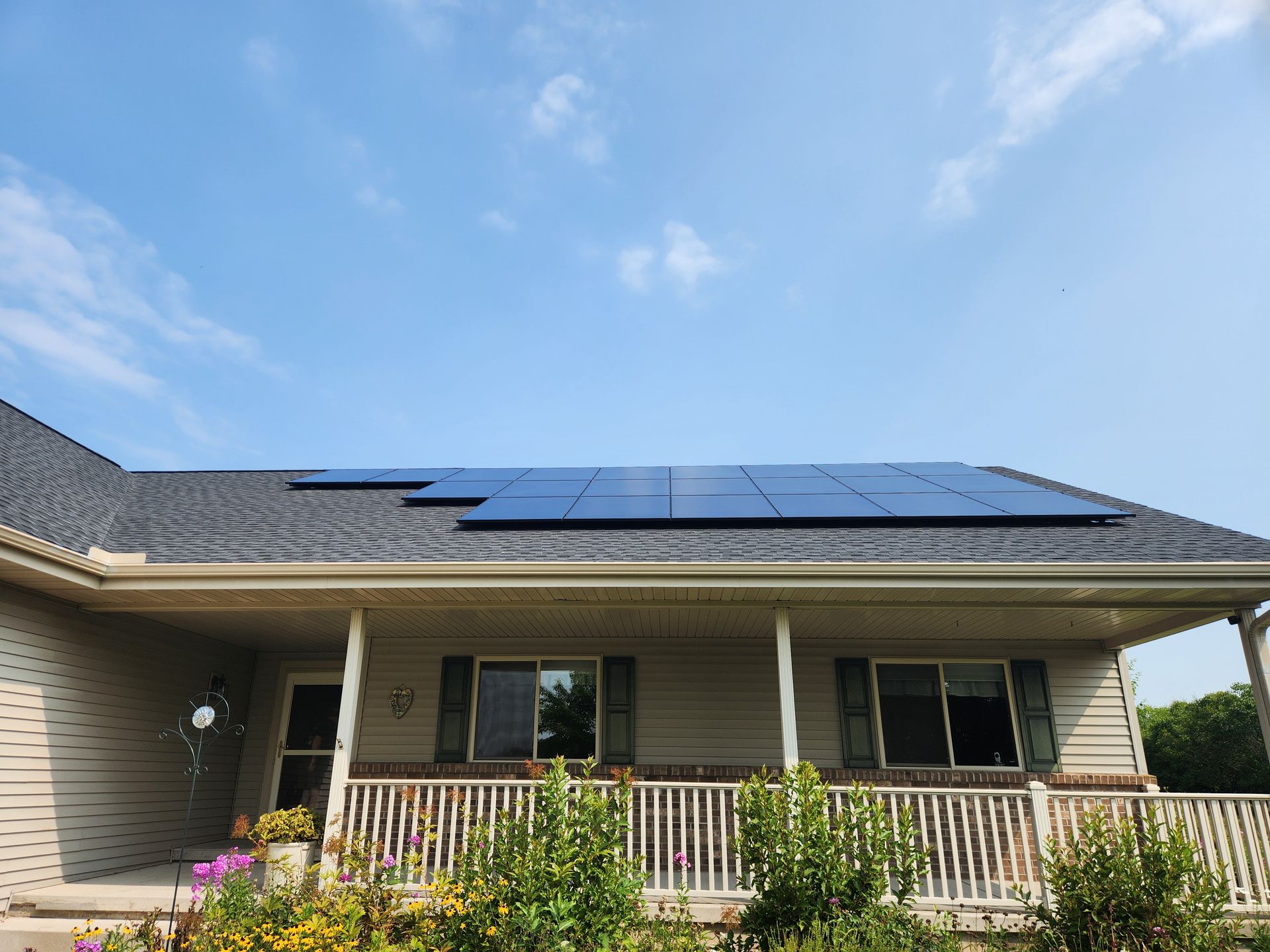
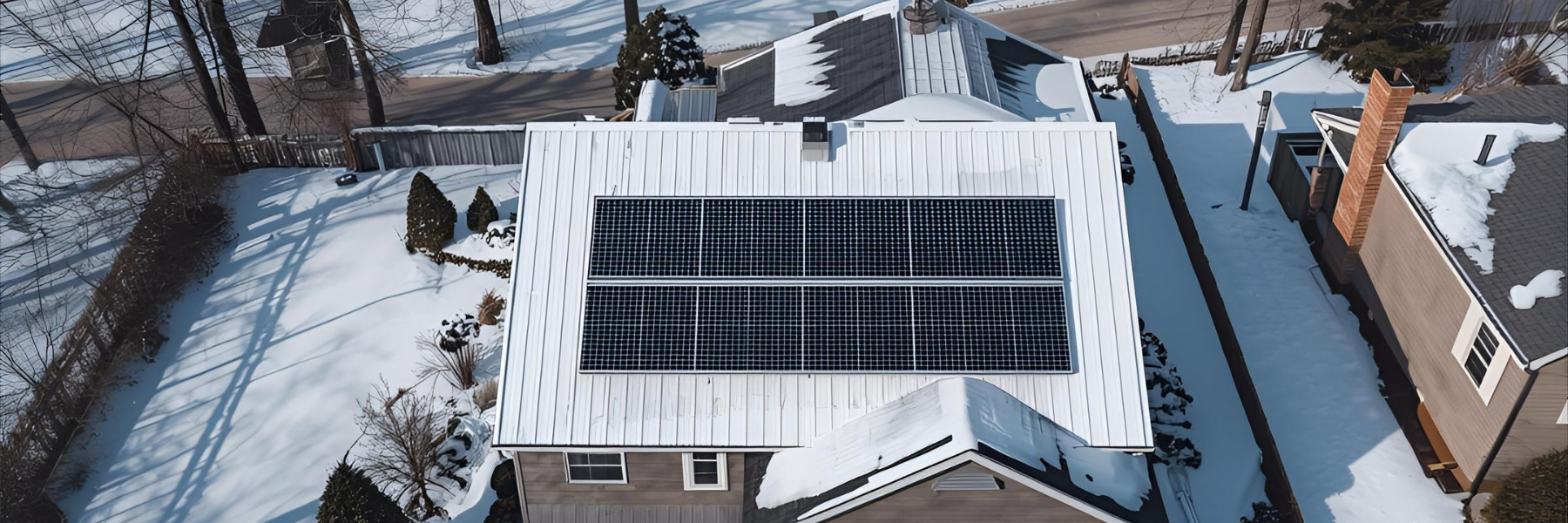
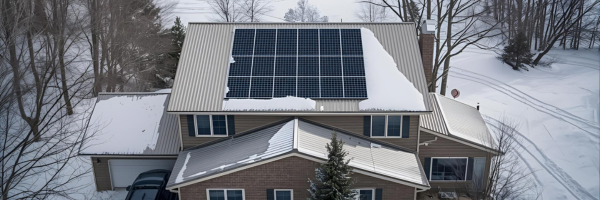
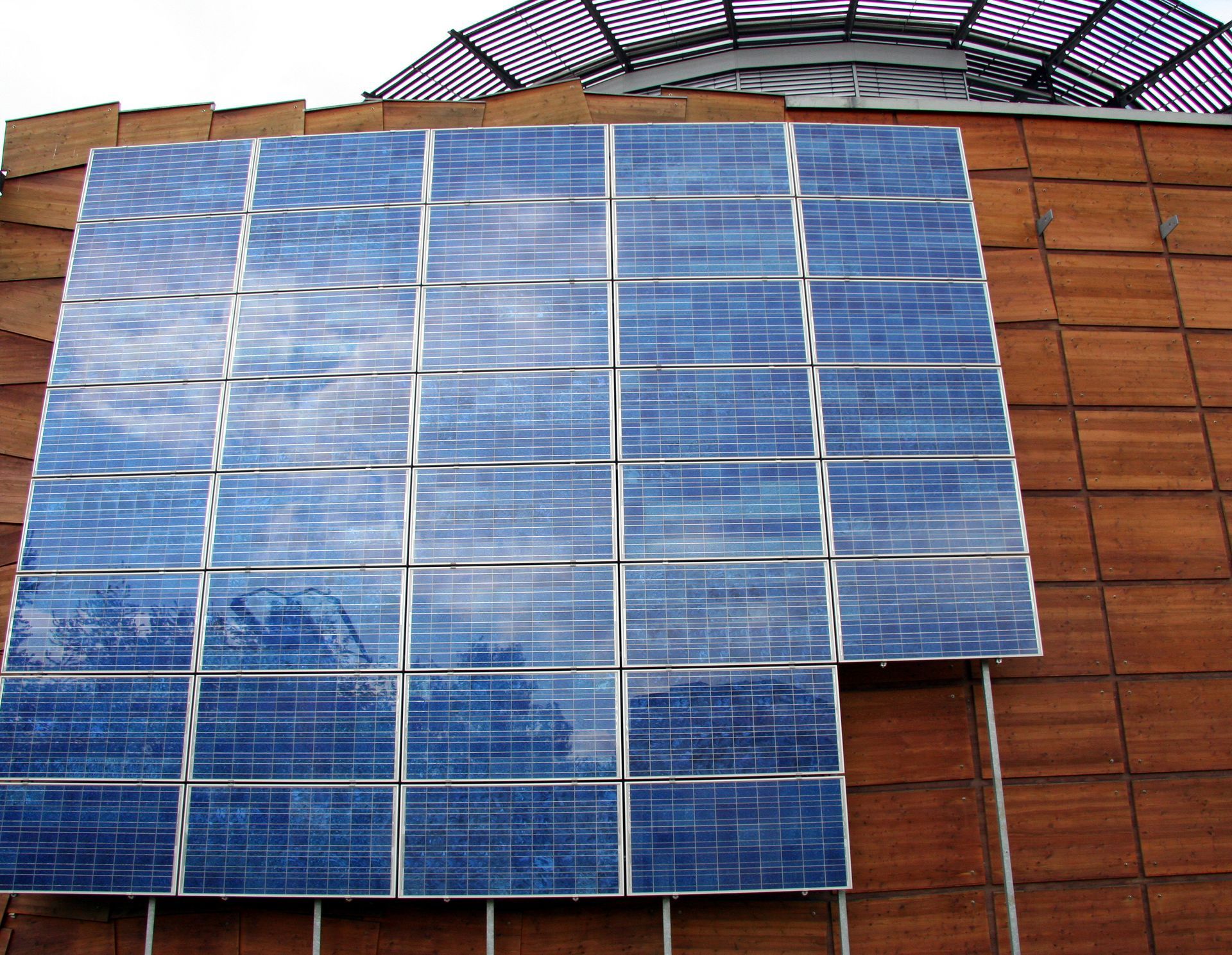
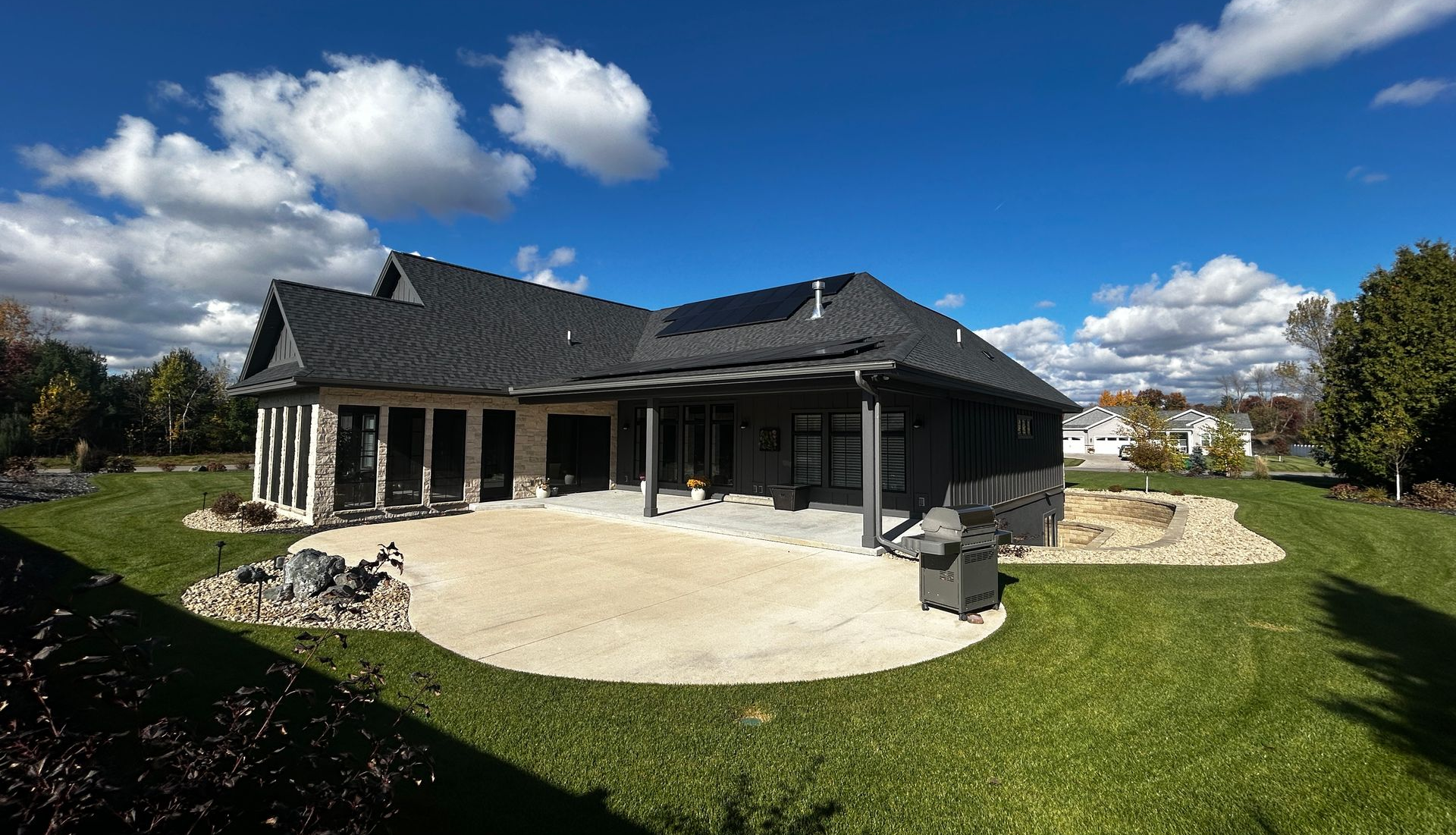
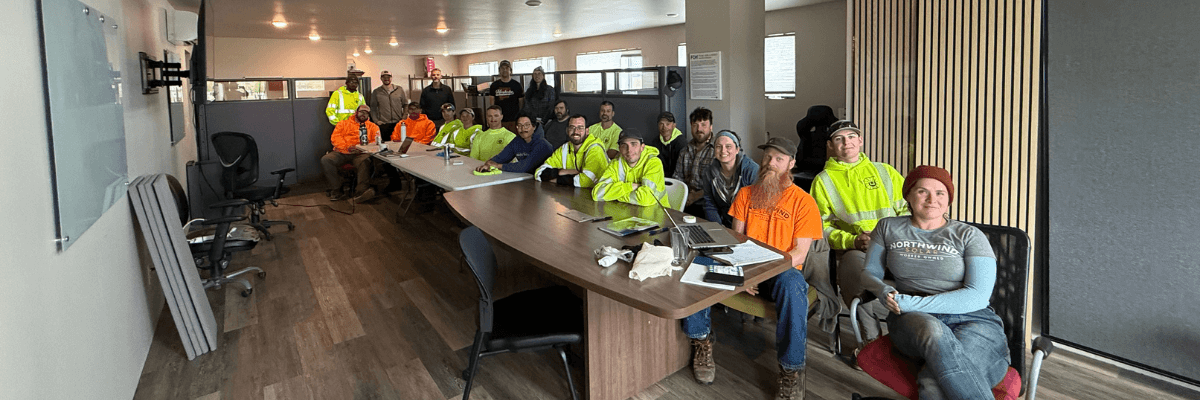

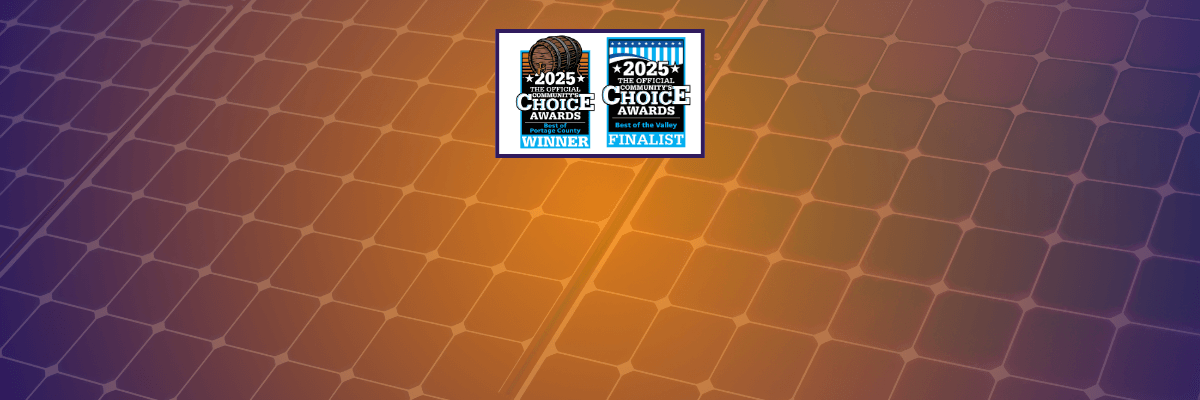




















Share On: